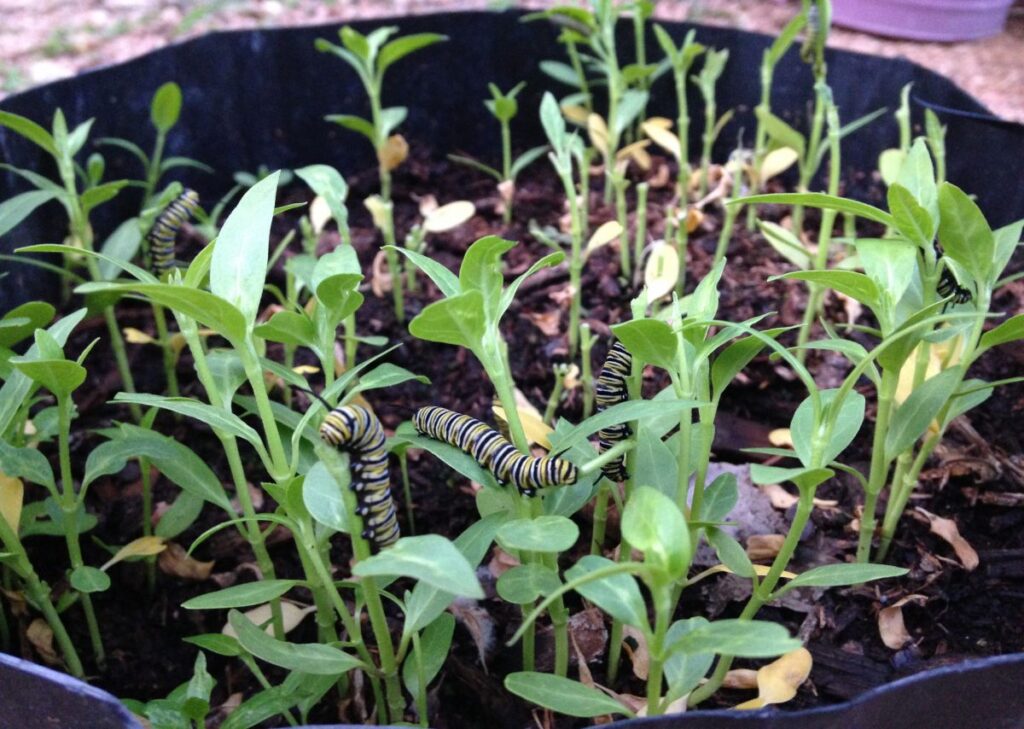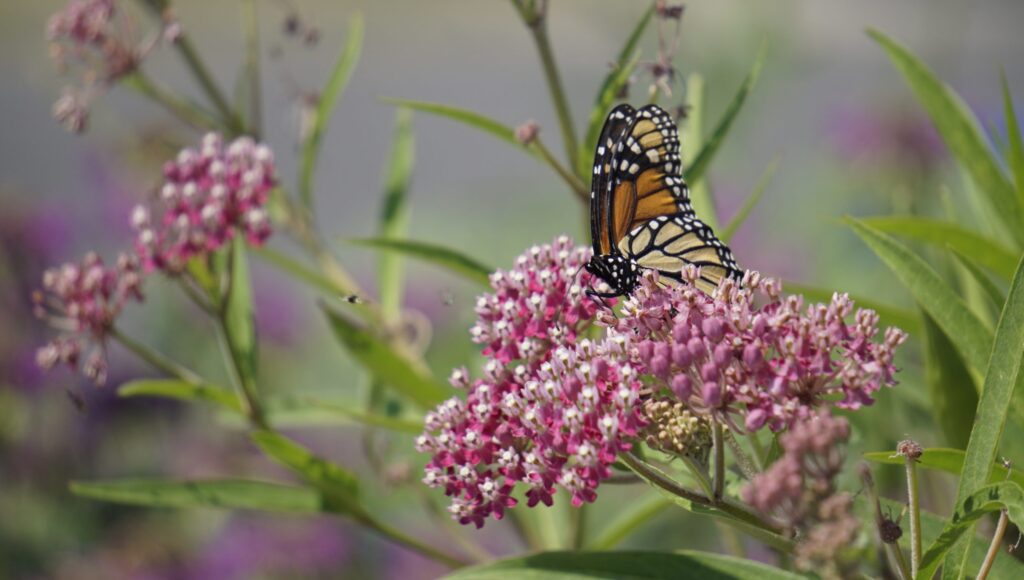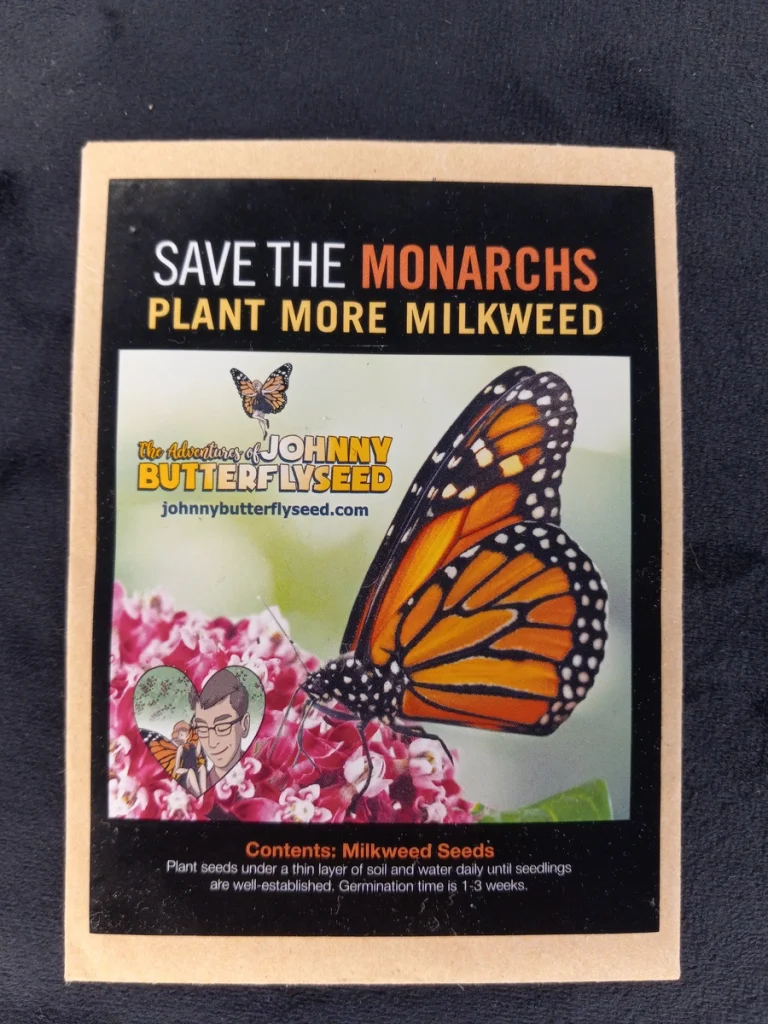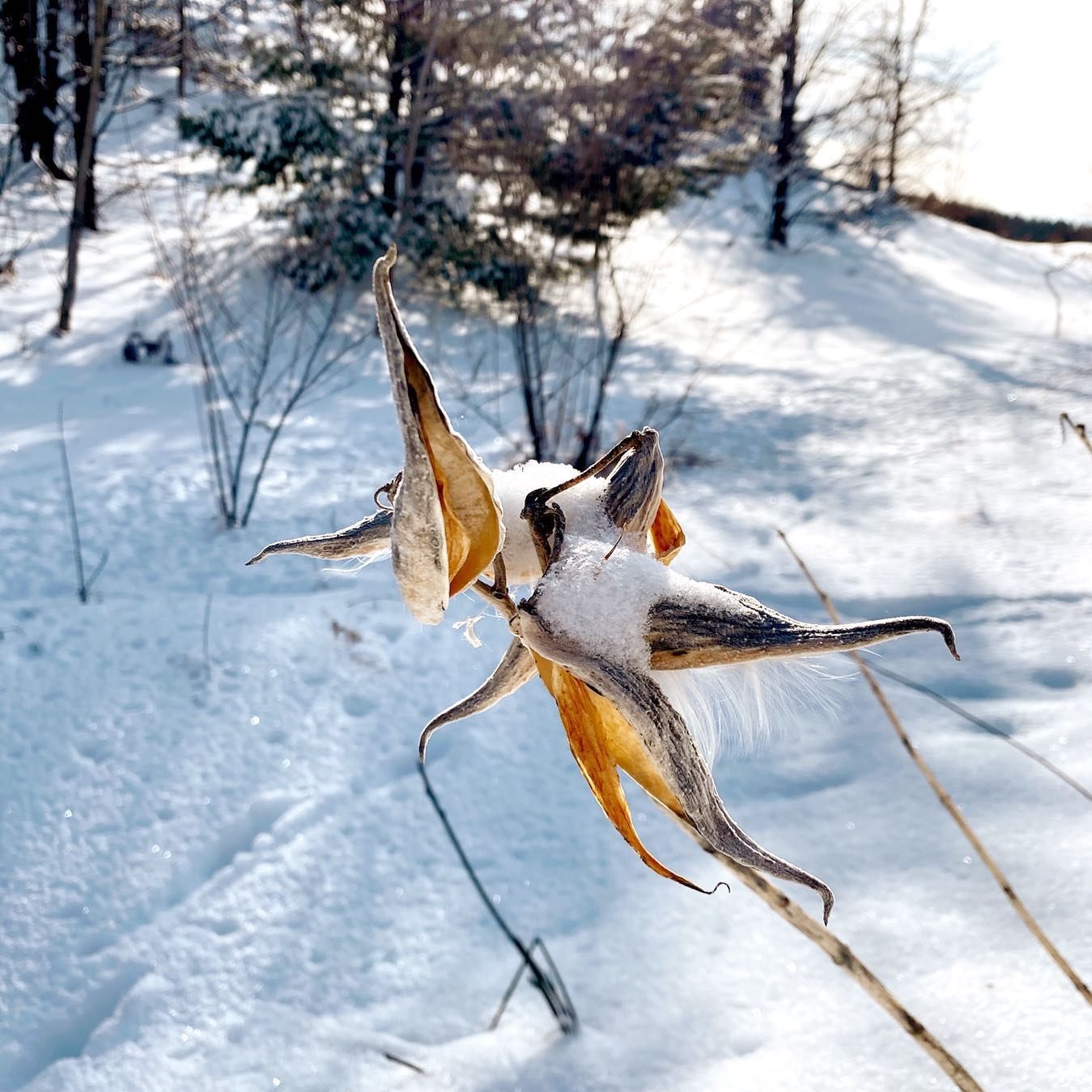Cold stratification is a process that helps break seed dormancy by subjecting seeds to a period of cold and moist conditions, mimicking the natural winter conditions they would experience in their native habitats. This stratification period is often necessary for seeds to germinate successfully. It is optional is USDA zones 9 and 10.

Regarding Milkweed (Asclepias) seeds, cold stratification can indeed be beneficial for many species within the Asclepias genus. Milkweed seeds often require a period of cold stratification to stimulate germination. This mimics the natural process where the seeds would go through a cold winter before sprouting in the spring.

25 Florida-Native Swamp Milkweed Seeds (Asclepias Incarnata) for 2024
Our premium Asclepias Incarnata seeds, originating from our conservation land in Polk County Florida, provide an excellent opportunity to transform your outdoor space into a haven for the mesmerizing Milkweed Butterflies. These seeds offer an effortless way to cultivate a garden sanctuary that supports the life cycle of these delicate and fascinating creatures. These Swamp Milkweed seeds are recommended for USDA Hardiness Zone 9 and the rest of its native range. 25 seeds.
Here’s a general guideline for cold stratifying Milkweed (Asclepias) seeds:
- Gather Seeds: Collect or purchase fresh Milkweed seeds. Make sure they are fully mature and free from any pests or diseases.
- Preparing the Seeds: Gently clean the seeds by removing any debris or excess plant material. You can do this by rubbing them between your fingers or using a fine sieve.
- Moist Stratification: Place the cleaned seeds in a damp paper towel or a moistened growing medium, such as vermiculite or peat moss. Make sure the medium is not soaking wet but adequately moist.
- Container and Labeling: Transfer the seeds and the moist medium into a sealable plastic bag or a container with a lid. Label the container with the seed variety and the date of stratification.
- Cold Treatment: Place the container in a refrigerator, preferably in the vegetable crisper drawer where temperatures are generally cooler and more consistent. Maintain a temperature between 32°F (0°C) and 41°F (5°C) during the stratification period. Avoid freezing the seeds.
- Duration: The duration of cold stratification varies depending on the Milkweed species. Typically, it can range from a few weeks to a few months. Consult specific germination guidelines for the particular Milkweed species you are working with to determine the recommended stratification duration.
- Germination: After the cold stratification period, remove the seeds from the refrigerator and plant them in suitable growing medium, following the recommended planting depth and spacing for the specific species. Provide the seeds with appropriate light, temperature, and moisture conditions for germination.
By subjecting Milkweed seeds to cold stratification, you increase their chances of successful germination and establishment. It helps break dormancy and prepares the seeds for optimal growth. Following the specific requirements for the Milkweed species you are working with will help ensure the best results. Together, we will learn the best ways to plant more Milkweed, and see the Monarch Butterfly numbers increase… one day at time!

250 Butterfly Milkweed Seeds (Ascslepias Tuberosa) for North America 2024
More than one full gram of Butterfly Milkweed Seeds (Asclepias tuberosa). Attracts Monarchs. Origin Kentucky. USDA Zones 3-8.
